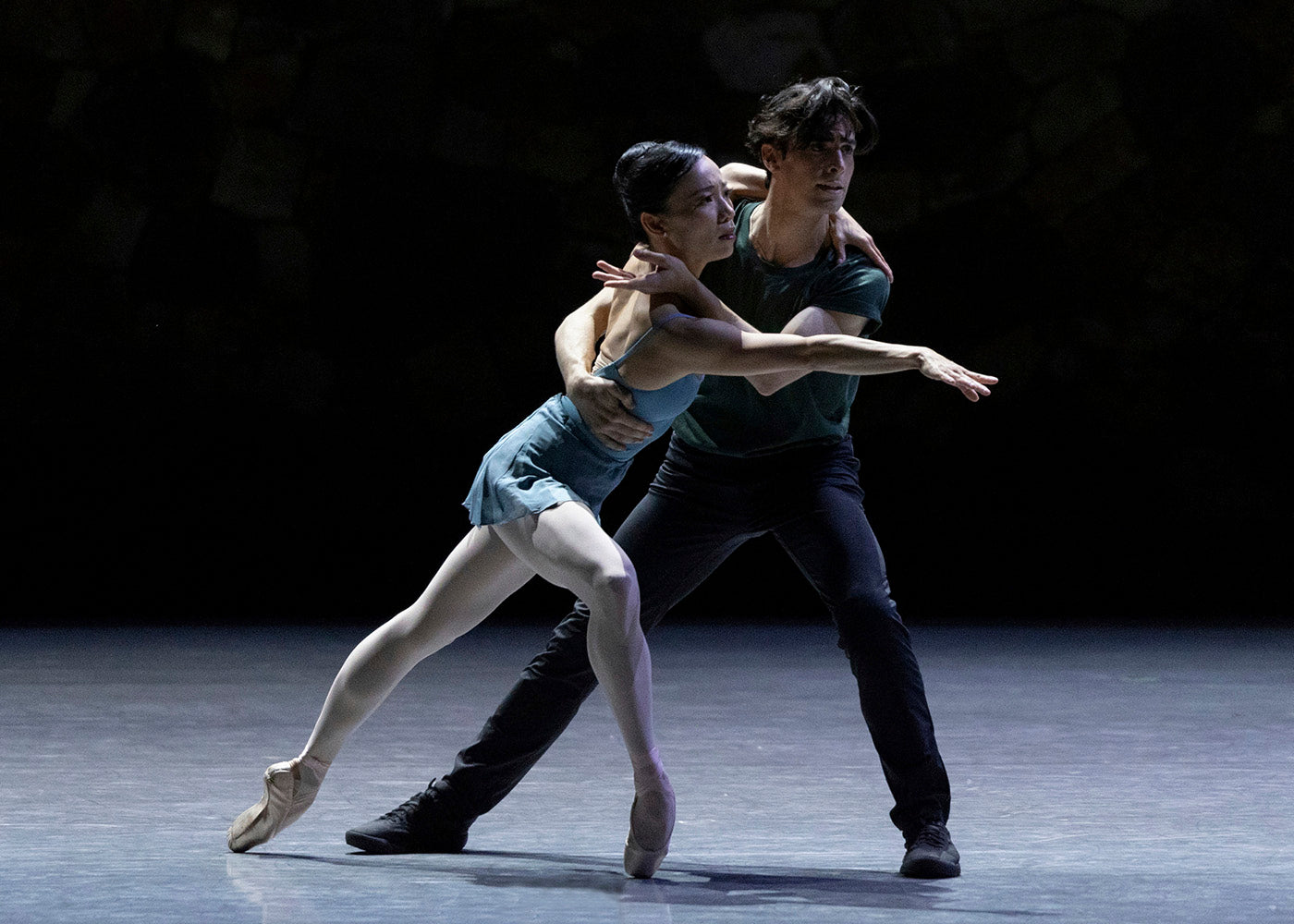Olga & Orlando
The Bolshoi Ballet recently unveiled a world premiere of “Orlando”—a two-act ballet based on the famous novel by English writer Virginia Woolf. The premiere took place on the Bolshoi Theater’s New Stage on March 24, with the cast led by the Bolshoi’s prima ballerina, Olga Smirnova, in the title role. The ballet was choreographed by Christian Spuck, a German dance-maker, who is currently artistic director of Ballet Zurich.
Plus

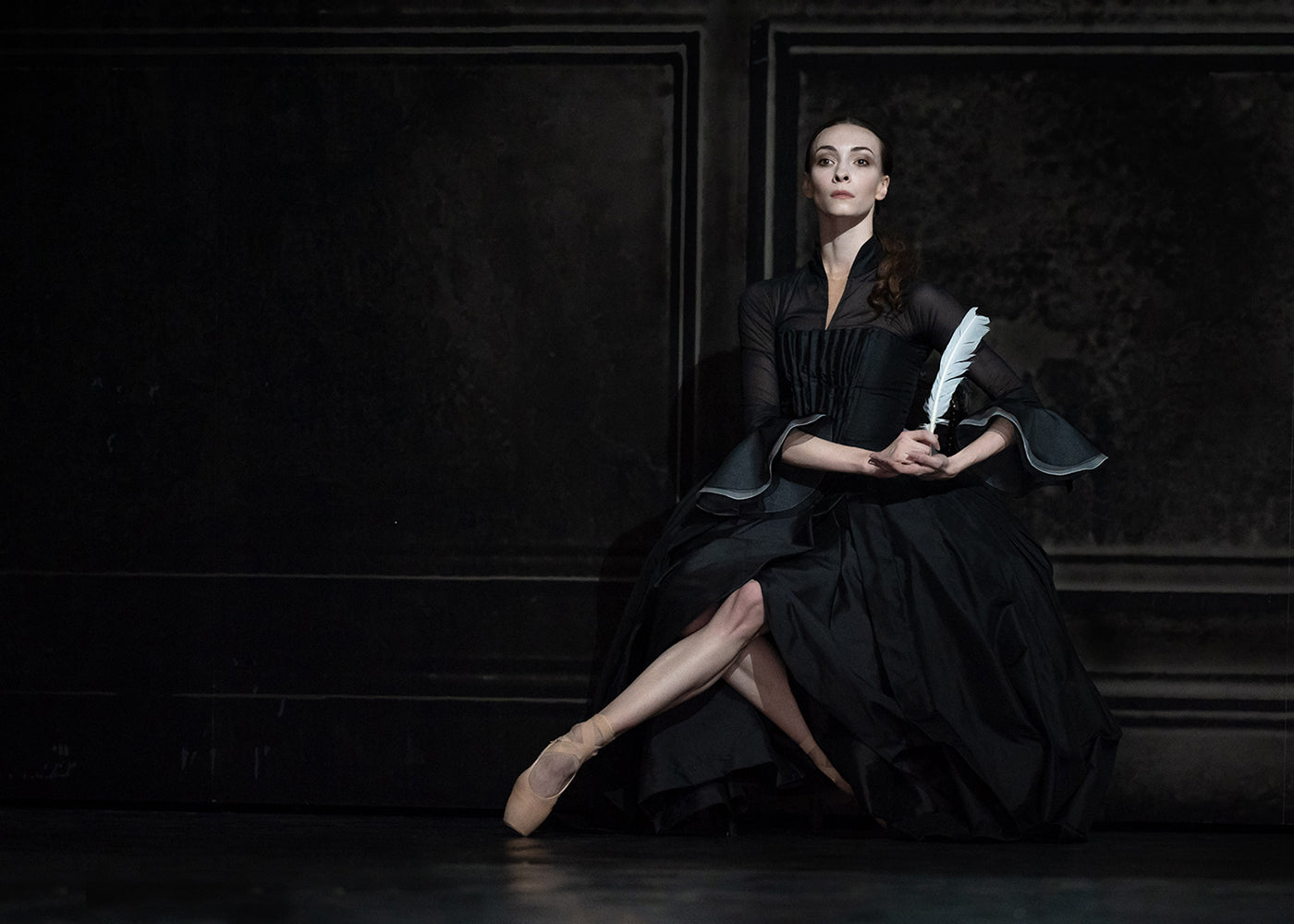
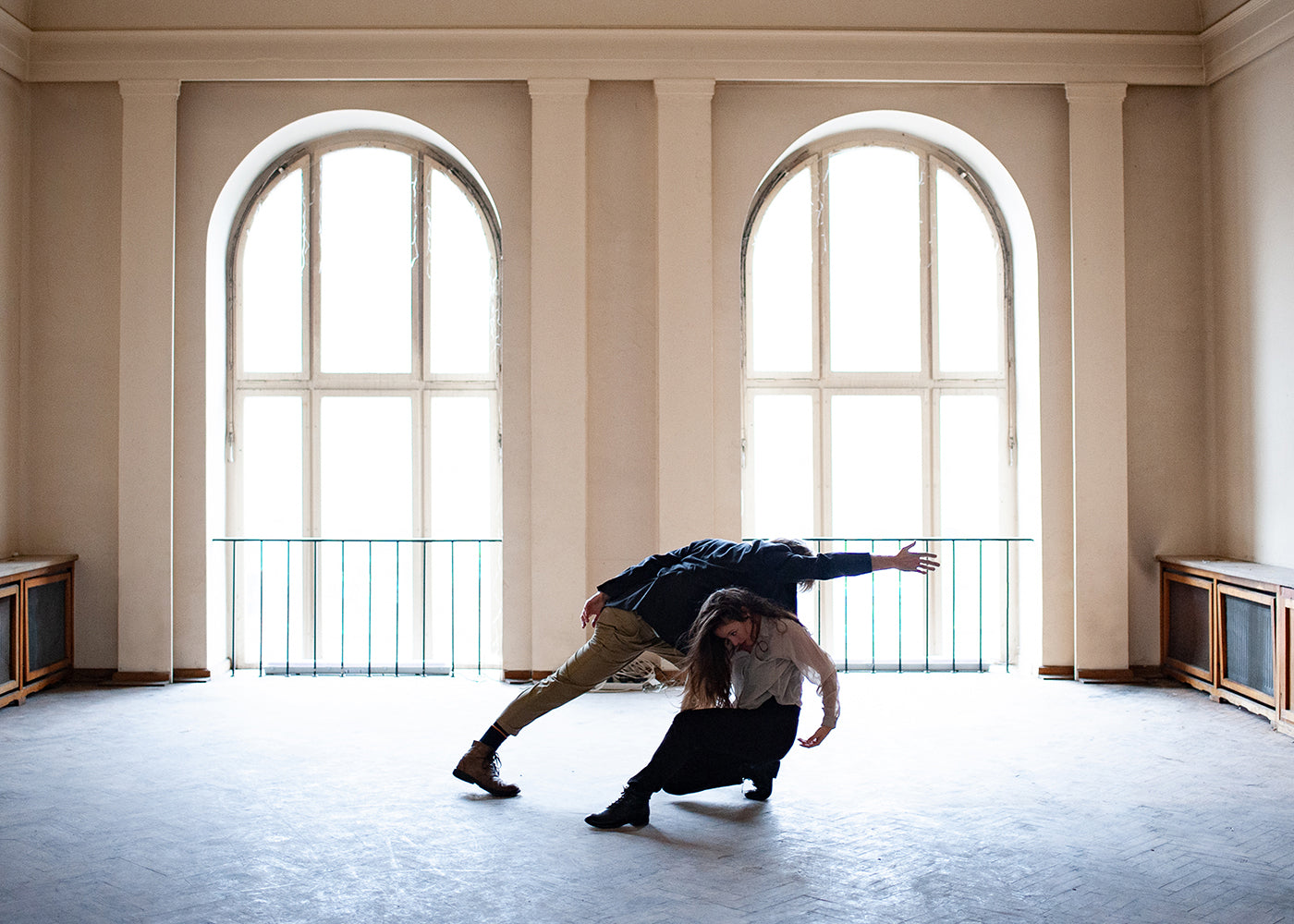


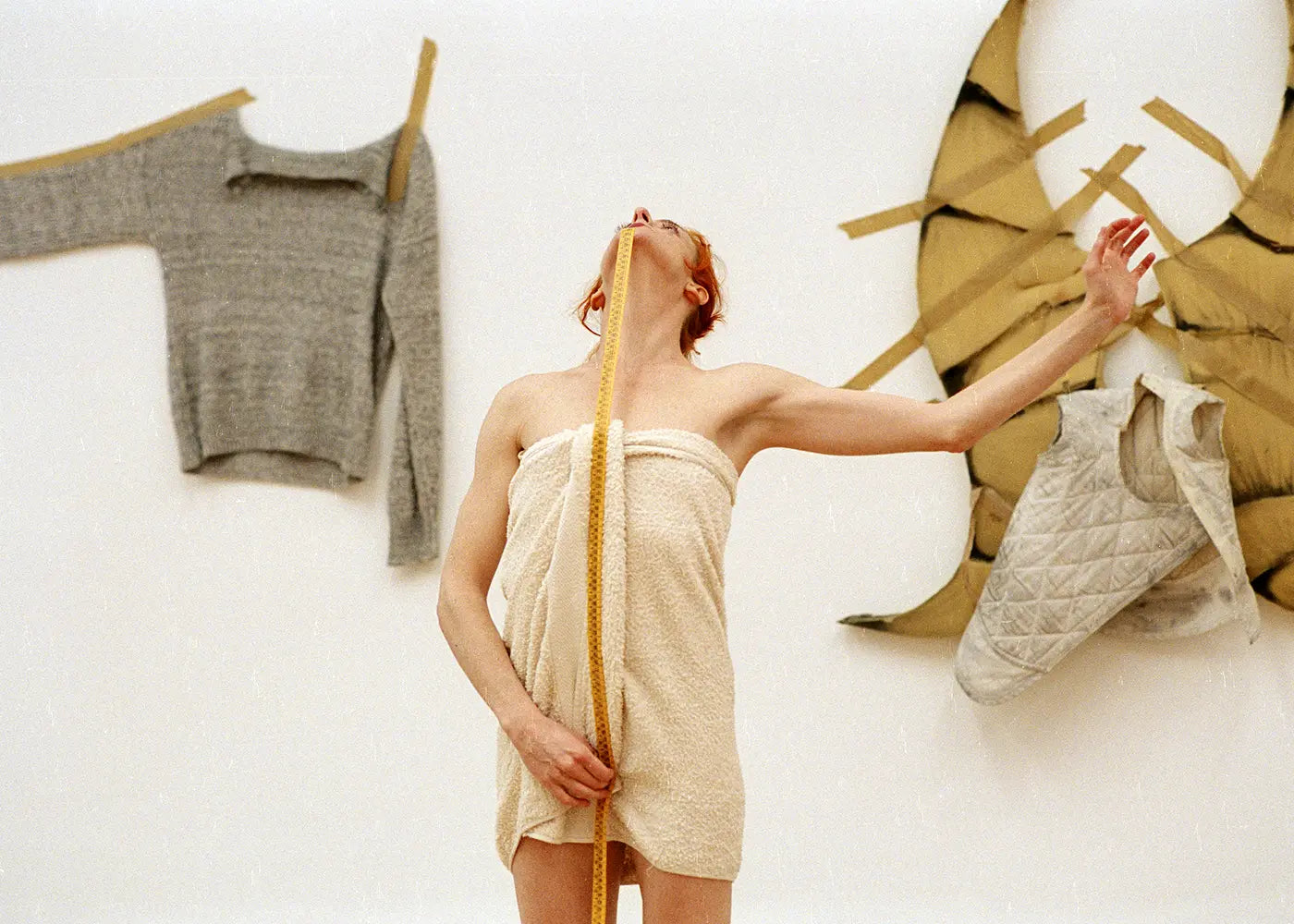
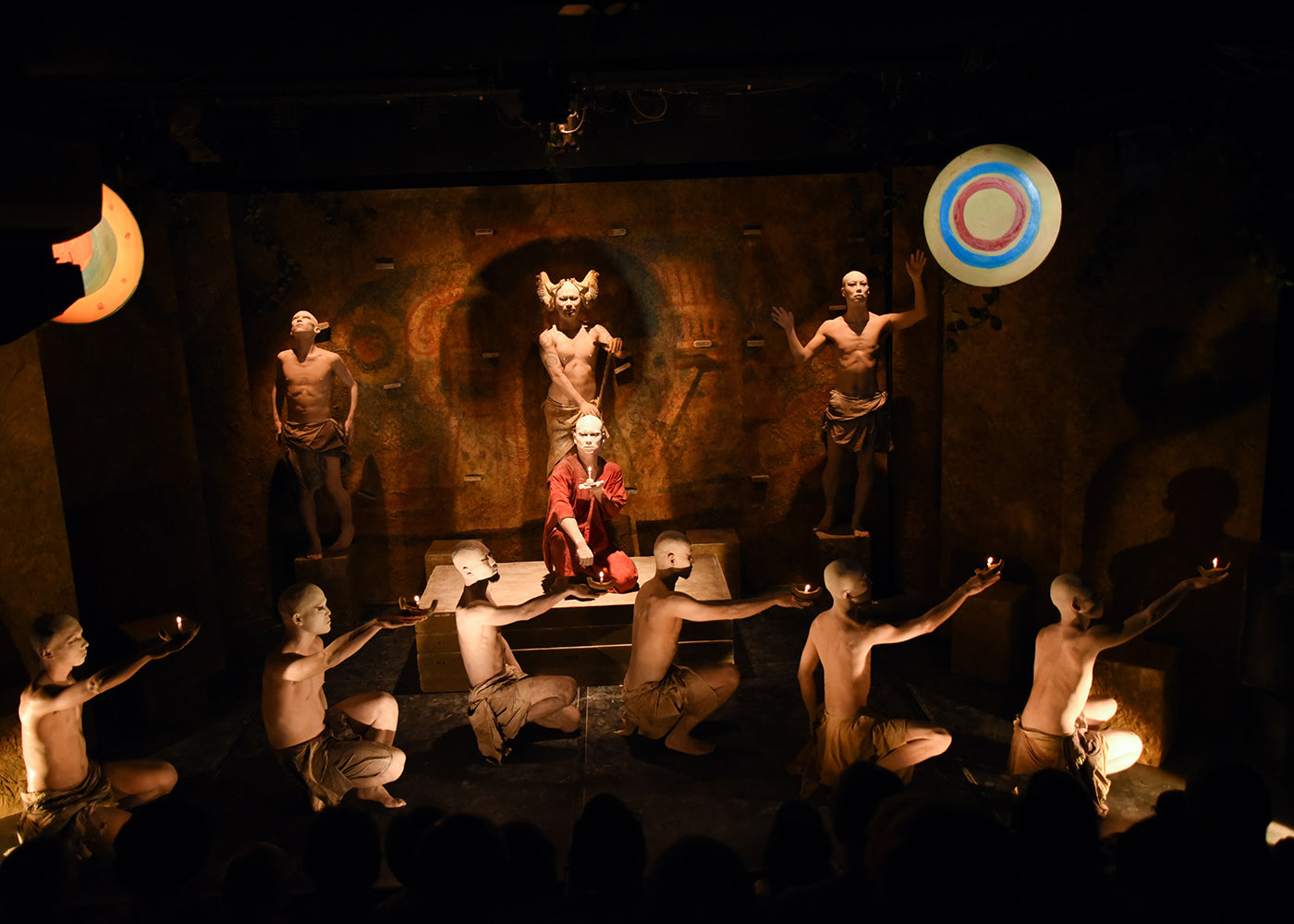
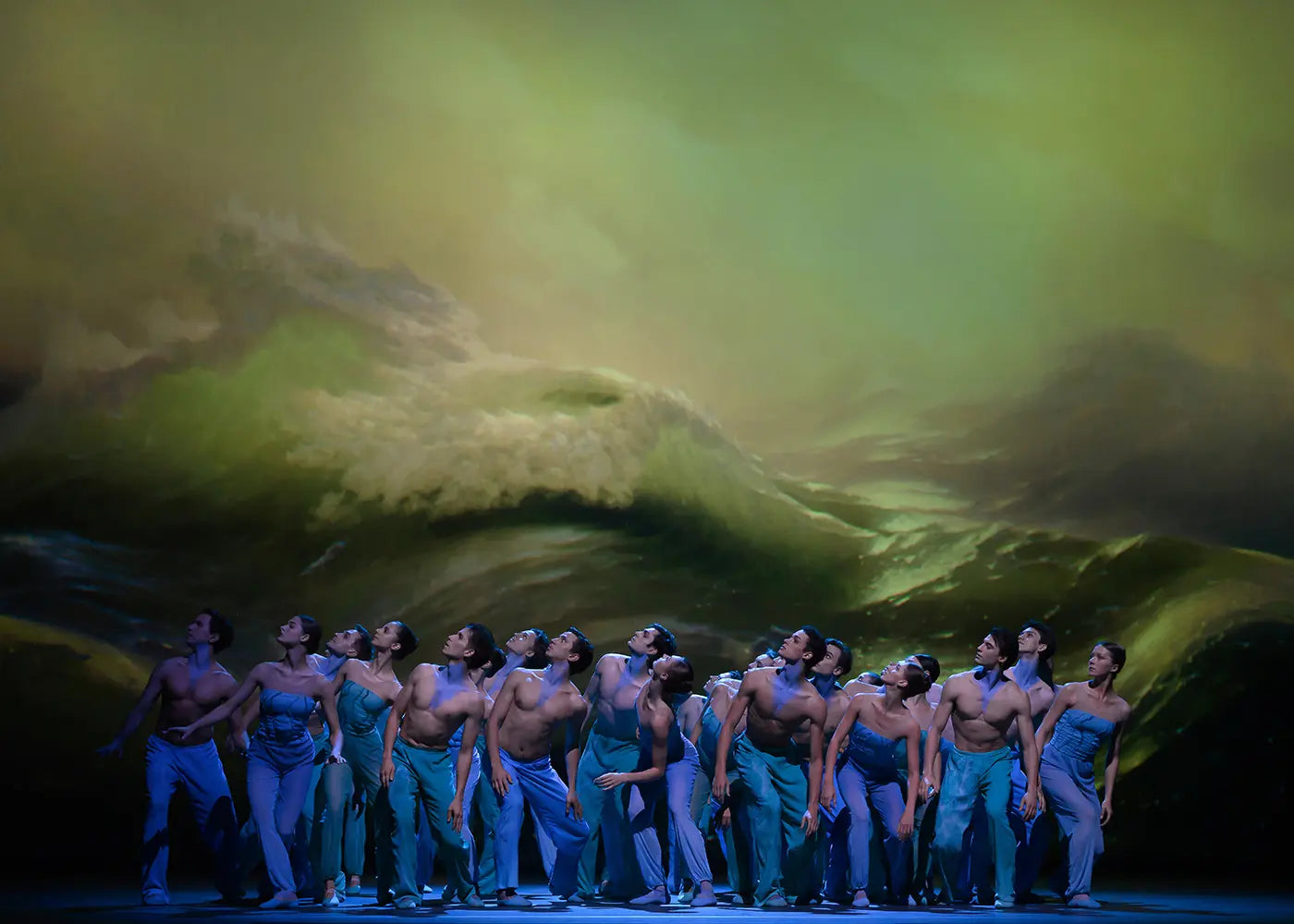

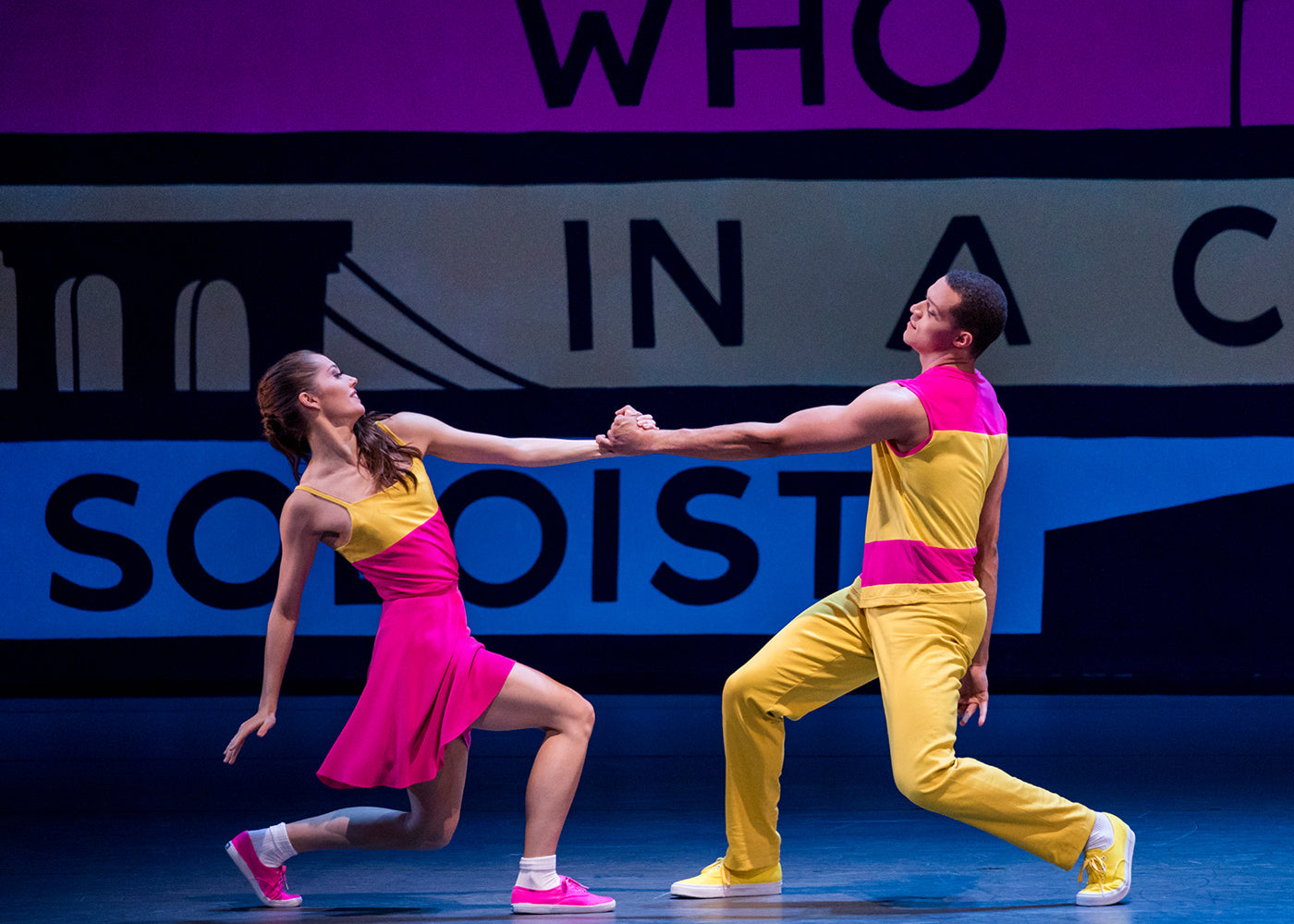
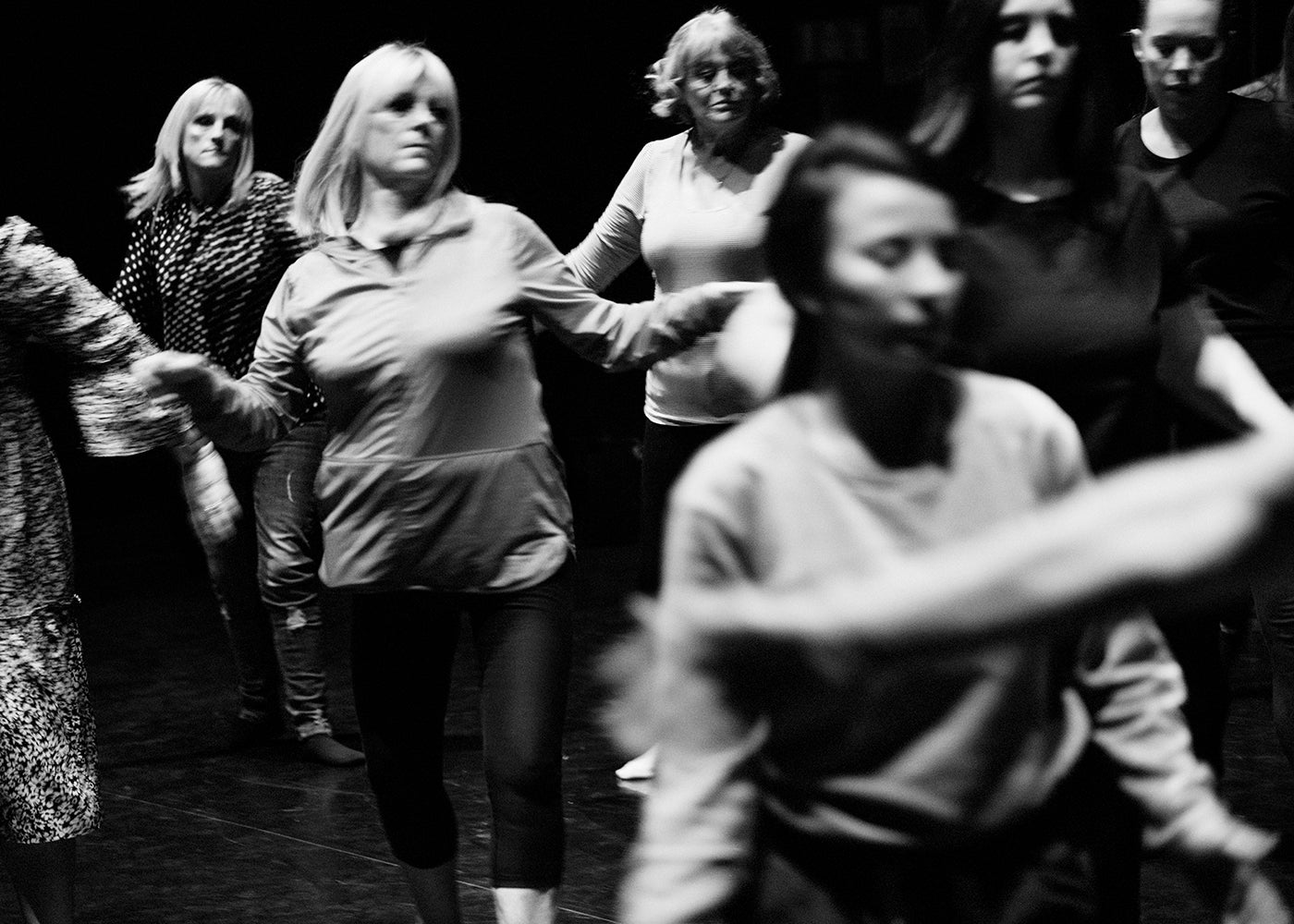
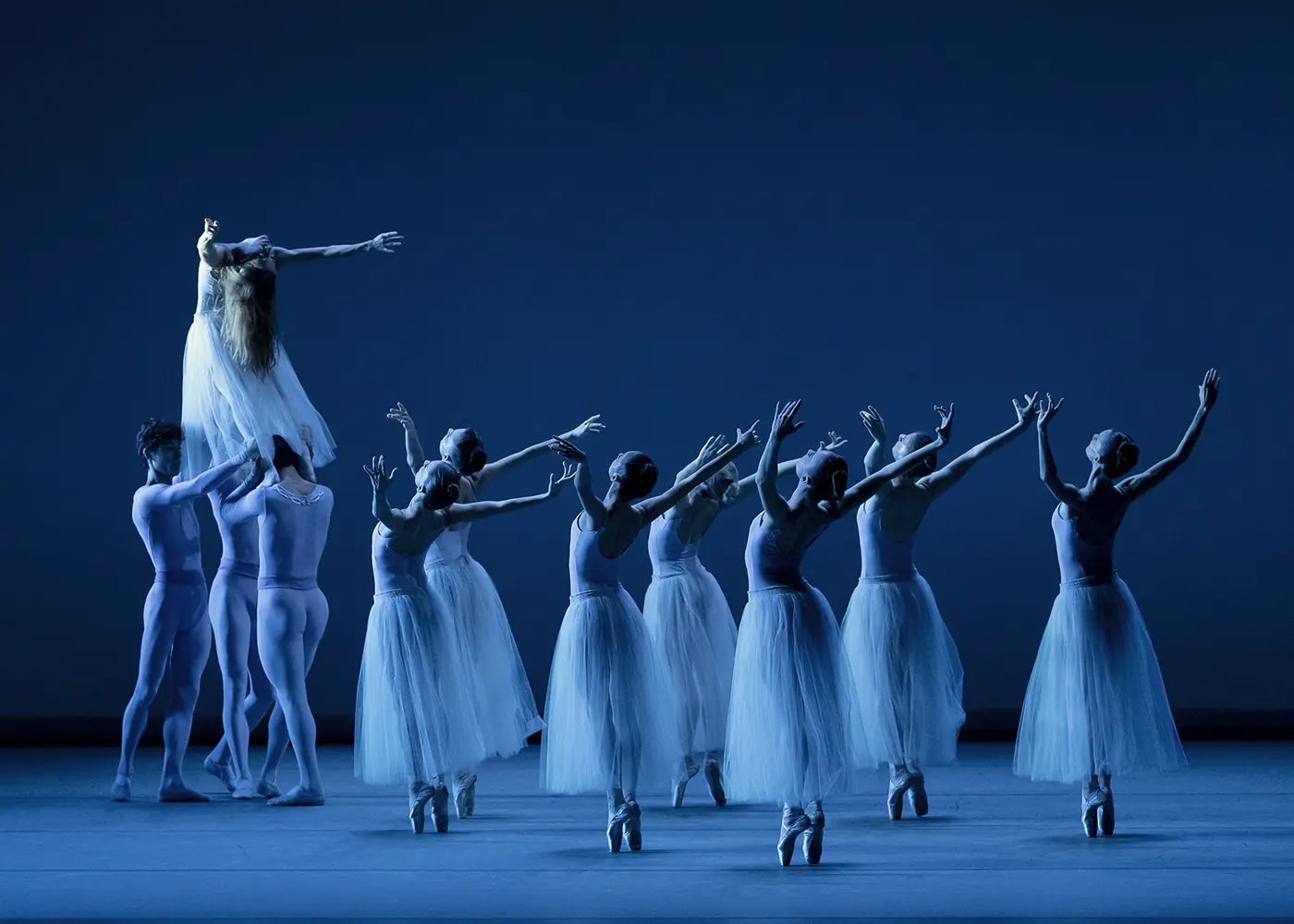
![[Web]Site-Specific](http://fjordreview.com/cdn/shop/articles/Trisha-Brown-Dance-Company-performance-at-The_CC_81a_CC_82tre-de-Ni_CC_82mes-France-March-13-2020.-Photo-by-Sandy-Korzekwa.jpg?v=1684942012&width=1400)
